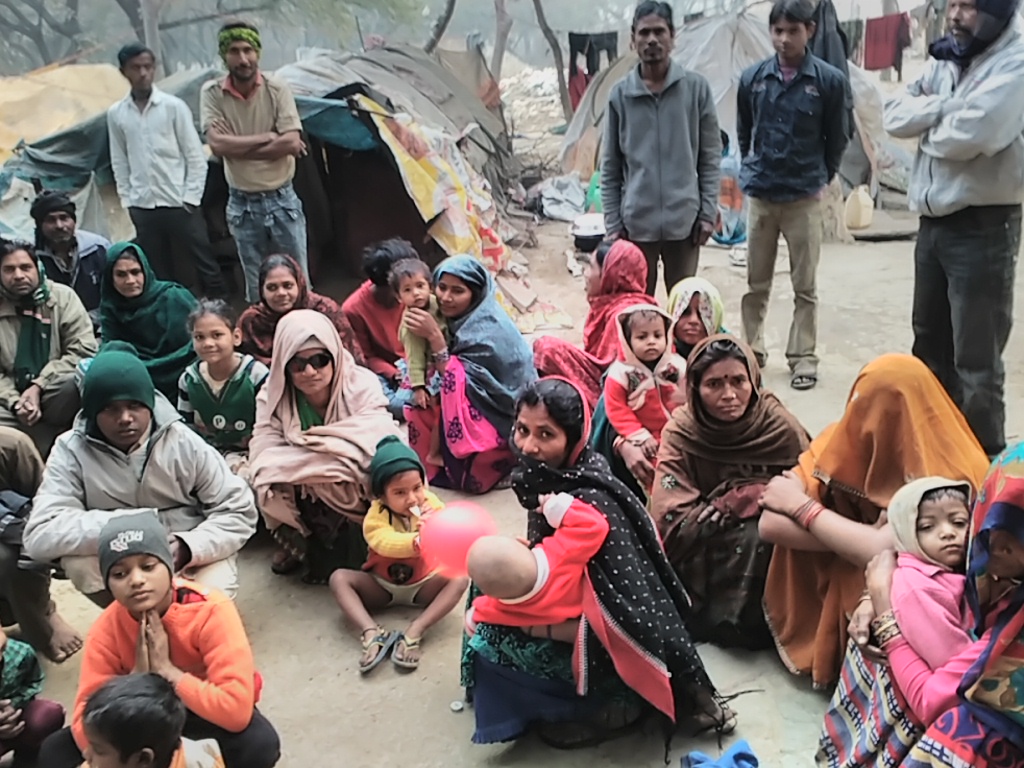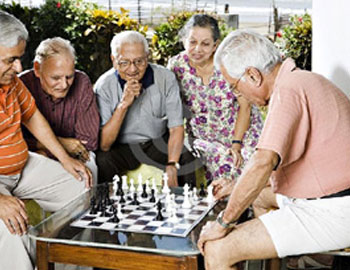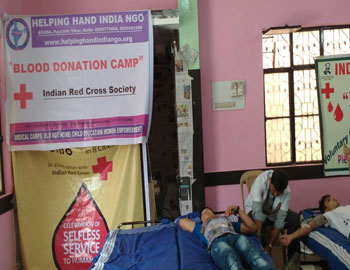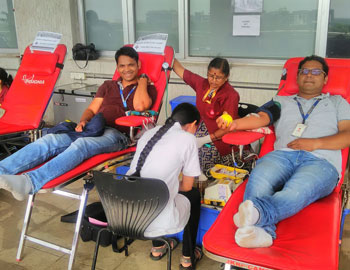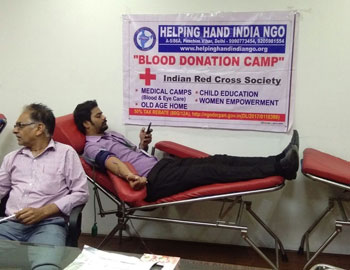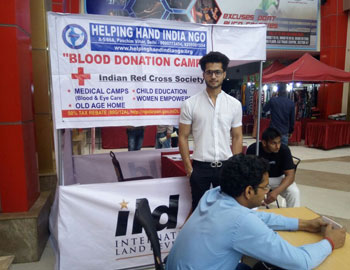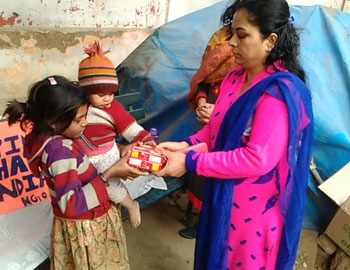No products in the cart.
WHAT IS BLOOD? ( Little Brief )
Blood is the Red coloured fluid flowing continuously in our body’s circulatory system. It contains mainly a fluid called plasma in which are suspended cellular elements.
What is the composition of blood?
Blood contains mainly a fluid called plasma in which are suspended cellular elements. Three types of cells – Red Blood Cells or RBC’s, White Blood Cells or WBC’s and tiny platelets form the cellular element.
WHAT IS HAEMOGLOBIN?
Haemoglobin is a substance present in the red cells. It is helpful in carrying oxygen and carbon dioxide. On an average, in a healthy male it should be between 13-16 gm % and in a female it should be about 12-15 gm %. This is also being daily synthesized and the new is replacing the old stock.
What is Thalassemia? Thalassemia is a type of anemia that is passed on genetically. It can be of two types, namely, Thalassemia Trait and Thalassemia Major.
Thalassemia Trait : persons usually have very mild anemia with no obvious symptoms. Around 3% of the population has thalassemia trait.
Thalassemia Major: symptoms are revealed early with paleness and an enlarged spleen or liver. In India , approximately ten thousand children are born with thalassemia major every year.
How is blood formed?
Blood consists of RBCs, WBCs, platelets suspended in plasma. In early embryonic life blood cells are formed in liver and spleen. But by the fifth month the Haemopoisis (i.e., formation of blood.) occurs in bone marrow and lymphatic tissues. At birth the entire bone marrow is red and active. Gradually as the child grows, the marrow remains red only in the flat bones and vertebrae. The RBC, grannulocytes of WBC and platelets are produced mainly by bone marrow. The lymphocytes, monocytes, plasma cells are formed in the lymphoid and Reticulo Endothelial tissues. The orderly proliferation of the cells in the bone marrow and their release into circulation is carefully regulated according to the needs of body. Every day, new blood cells are being produced in the bone marrow and every day old cells are dying and being removed from the body. Red blood cells have a life of 120 days and when it becomes old and senile it is thrown out. White cells live for a few days and platelets for a few hours. Thus daily new cells are added to the circulation and old are removed from it.
WHAT ARE THE FUNCTIONS OF THE VARIOUS COMPONENTS (Plasma, Red Cells, Platelets and White Cells) OF BLOOD?
- a) Plasma: acts as a vehicle to carry many substances like glucose, fats and proteins, enzymes and hormones, etc., in addition to the blood cells.
- b) Red Cells: carry oxygen from lungs to various body tissues and take back carbon dioxide from the cells and tissues to be thrown out of body in the form of exhaled air.
- c) White cells: mainly act as body scavengers and guards. They help in the immune system of the body and act as defence forces of the body, killing the bacteria or any other organisms entering the body.
- d) Platelets: help in the clotting and coagulation of blood. We have experienced in our life that whenever we get injured the bleeding stops after a few minutes. This is brought about by a mechanism called clotting of blood in which platelets plays a very vital role.
What are blood groups?
A: Every individual has two types of blood groups. The first is called the ABO – grouping and the second type is called Rh – grouping. In the ABO – group there are four categories namely A Group, B Group, O Group and AB Group. In the Rh – Group either the individual is Rh-positive, or Rh-negative. Rh is a factor called as Rhesus factor that has come to us from Rhesus monkeys. Thus each and very human being will fall in one of the following groups. A positive or A negative B positive or B negative O positive or O negative AB positive or AB negative There are also some sub groups as well as a few other classifications.
What is a unit of blood?
Blood is collected in plastic bags which contain a watery fluid which prevents blood from getting coagulated. On an average we draw about 450 ml. of blood from a person, depending on the weight of the donor. This blood, plus the amount of anti coagulant present in the bottle or bag, is known as one unit of blood.
Does a donor need to do anything special before donation?
The donor should eat at regular mealtimes and drink plenty of fluids.
How long does the donation take?
The procedure is done by skilled, specially trained technicians and takes three to eight minutes. However, from start to finish (filling form, post donation rest etc) the entire process should take upwards of 35 minutes.
Does the donor suffer from any harmful effects after donating blood donation?
Absolutely not, rather a donor after having given blood voluntarily gets a feeling of great pleasure, peace and bliss. Soon, within a period of 24 – 48 hours, the same amount of new blood gets formed in the body, which helps the donor in many ways. His own body resistance improves, the circulation improves, and he himself feels healthier than before.
Does a donor need to rest after donating blood?
Yes. The donor needs rest, preferably lying down, so that the amount of blood that has been donated soon gets poured into the circulation from the body pools in a natural way. The donor should take it easy for about 15 – 20 minutes.
Can a donor work after donating blood?
Of course! Routine work is absolutely fine after the initial rest. Rigorous physical work should be avoided for a few hours.
What special diet should a donor follow after giving blood?
After resting for a while a donor is given some liquid (fluid) to take. It may be a cup of coffee or milk or fruit juice along with a few biscuits or fruit. The donor needs no other special diet. A routine balanced diet is adequate. The donor’s blood gets replenished within 24 – 48 hours.
How frequently a donor can donate blood?
Three months time between donations is a very safe interval.
Are there any other benefits of blood donation?
Yes, blood donation is a noble, selfless service! It gives the donor a feeling of joy and contentment. Also this is an expression of love for Mankind, as blood knows no caste, colour, creed, religion or race, country, continent or sex.
- Vegetarians can donate blood. The iron needed is taken from body stores and once a balanced diet is maintained is replaced after donation.
- The pain experienced is no more than a needle prick. The slight soreness that maybe where the needle was is just a reminder of the good deed done.
- A clear procedure exists for taking blood from each donor. Sterility is maintained at all steps. A sterile, new needle is used for each donation and is then properly discarded. Use of sterile equipment and technique limits the chance of infection.
- The time taken for a single donation session is normally not more than an hour or so.
- Only about 350-450ml of blood is taken during a donation session. There is enough blood in the body to donate it without any ill effects. The body makes new blood after donation.
- Anyone up to the age of 60 who is fit and healthy can give blood.
- Being overweight makes people less healthy. Overweight people do not have more blood.
- If you are healthy prior to donation, your recovery is complete in a day or two. It is advised to rest a while after donating. Drinking enough liquids replaces the lost fluid within a couple of hours. The body produces new cells faster after a donation. All the RBCs are replaced within 3-4 days and WBCs within 3 weeks.
- Giving blood does not interfere with ability to perform physically. Advice to avoid heavy lifting or strenuous workouts for the rest of the day is given after the donation. You can get back on track the next day.
- Depending on the medication being taken, it may halt donation for a period, though in many cases it won’t prevent a donation. person in charge or the nursing staff should be informed before donating.
- Blood is not something that can be manufactured. It can only come from healthy human beings.
- Race and caste have no bearing on eligibility being a blood donor. It is the blood type and group that is of importance.
- HIV antibodies can take months to develop after infection with the virus. Those recently infected may have a negative test result and yet be able to infect others. It is better not to donate blood if at risk of getting HIV or other infections


